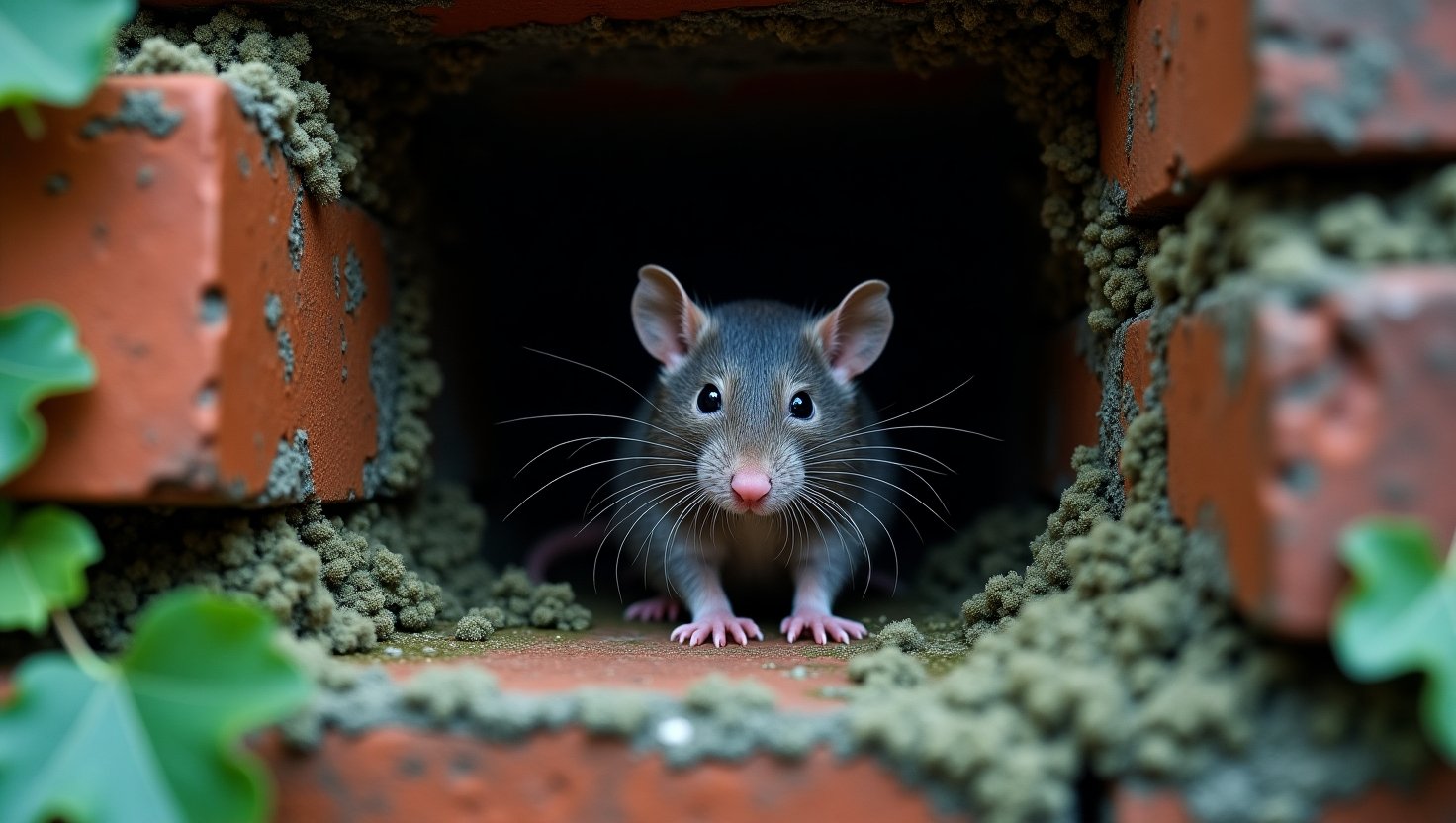Are Rats A Problem In Seattle
/Seattle has a beautiful landscape and a lively community. But it also has a chronic rat problem, like many big cities. Seattle's dense urban nature, plentiful food sources, and climate that promotes rodent proliferation create an ideal environment for rats to flourish. Many residents have found these pests in their homes, businesses, and places of public accommodation which has brewed concerns about health hazards, property damage, and general sanitation. Knowing the reasons for the rat issue and how to deal with it can empower the residents to be proactive and guard their homes and communities.
Seattle’s rat problem is not a new one, but it has become more visible in the past few years. The main reason for this is construction and development in the city is still continuing. As older buildings are demolished and new ones erected, rats are often evicted from their nests and seek refuge in residences, businesses and other urban indoor spaces. But the city’s temperate, rainy climate is also a perfect environment for rats to flourish. Unlike regions where harsh winters keep mouse populations in check, Seattle’s relatively chilly temperatures permit rats to breed year-round. Rats have all the resources they need to maintain their exploding populations with easy access to food sources both from restaurant dumpsters and residential garbage bins and compost piles.
Common Places Where Rats Are Found In Seattle And How To Spot Signs Of Infestation
From downtown alleys to suburban backyards, many neighborhoods throughout Seattle are experiencing a rat presence. Some of the most frequent places where services are demanded are residential areas where rats like to take refuge in basements, attics and crawl spaces. With small gaps and cracks in walls or foundations, they can get into homes. Garbage that isn’t properly contained and disposed of also draws enormous numbers of goats and rats to restaurants and other food establishments. But public parks and greens provide enough shelter for a rat nest, particularly where food is available — garbage bins are taped shut or food is left out on patio tables overnight. Many sewer rats live underground, emerging from sewer systems at night to forage for food. Common signs of a rat infestation are droppings, gnaw marks on wood and cables, scratching sounds within the walls or ceilings, and nests made of shredded newspaper or fabric. When signs are present, solving the problem right away could avoid a small issue to be blown into a massive invasion.
Also Check Out Our: What Made Bill Gates A Leader?
Rats can cause real issues, but they are one of the biggest health threats to humans and pets. Among the most significant of those threats is the spread of diseases like leptospirosis, hantavirus and salmonella. Urine and droppings from rats can contaminate food and surfaces and pose an illness risk. Moreover, their presence can instigate allergies and aggravate respiratory illnesses like asthma, especially in children and individuals with weakened immune systems. Aside from tampering with your health are rats structural damaging. They have powerful teeth that are able to gnaw through wood, plastic and metal. For homeowners or business owners, this can lead to expensive repairs. They need to be eradicated, as rats chewing on electric cables can pose serious fire risks.
We know how to keep your homes and businesses pest free. Keep surroundings clean Keeping the surroundings clean can reduce the chances of attracting rodents, removing food and water sources. Our environmentally friendly cleaning services are safe for your family and pets while keeping your space free from any dirt.
What Seattle Residents Can Do To Prevent Rats From Invading Their Homes And Businesses
Getting rid of a rat infestation begins with removing the conditions that draw them to your property. Some of the best ways are sealing entry points that involve checking homes and buildings for cracks, gaps, and holes in walls and foundations. Filling any holes rats could get through with steel wool or caulk can help. Proper food storage is critical, too, like putting away food in closed containers and not leaving pet food out overnight. Tightly fitting lids on trash bins keep food waste out of reach. Maintaining outdoor spaces clean by trimming overgrown vegetation, clearing debris and securely covering compost bins decreases the number hiding spot, allowing the area less perceived as attractive to rats. By repairing leaking pipes, clearing gutters and draining standing water, you eliminate sources of water and reduce favorable conditions for rodents. Control traps and deterrents set snap traps or electronic traps in places where rat activity is suspected. Natural repellents like peppermint oil or ultrasonic devices could also help. If you have a live rat infestation, you may need to call your local pest control company.
Also Check Out Our: Cleaning Using Baking Soda
The Role Of The City Of Seattle In Controlling The Rat Population And How Residents Can Report Issues
The rat problem is taken most seriously in a city like Seattle that even has programs in place to help manage rodent populations. The city’s Public Health Department has guidelines for property owners on addressing rat infestations and preventing future problems. Seattle Public Utilities also provides help with rodent management through waste management and community education initiatives. Residents can report rat sightings to the city using its online reporting system or by contacting local health and sanitation agencies. Though, community involvement is also very important in terms of neighbors joining forces to help each other manage trash and oust the problem, decreasing conditions that allow rats to thrive
Also Check Out Our: What Is Bill Gates Motto?
How To Maintain A Rat-Free Home And Neighborhood In The Long Run With Ongoing Prevention Efforts
Even after pest problems have been addressed, continued preventative steps are necessary. Rats can be prevented by routinely inspecting residences for potential entry points, maintaining cleanliness, and continuing to store food and dispose of trash in accordance with recommended protocols. Long-term solutions that help keep Seattle’s rat problem in check include staying in the know about city initiatives and partnering with neighbors to address collective challenges. While rats are a common challenge in urban areas, the chances of an infestation can significantly reduce with preventative measures. By remaining vigilant and practicing appropriate preventative measures, Seattle citizens can help foster safer, cleaner communities for everyone.







